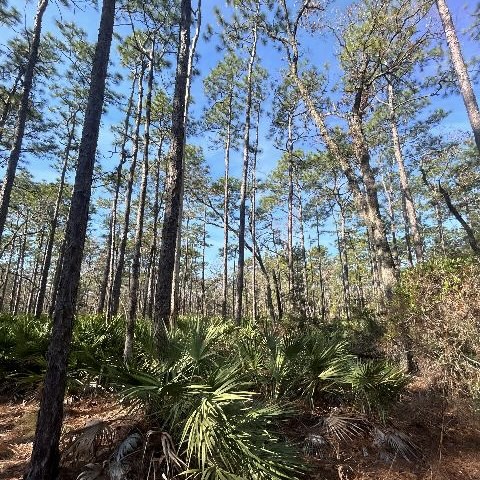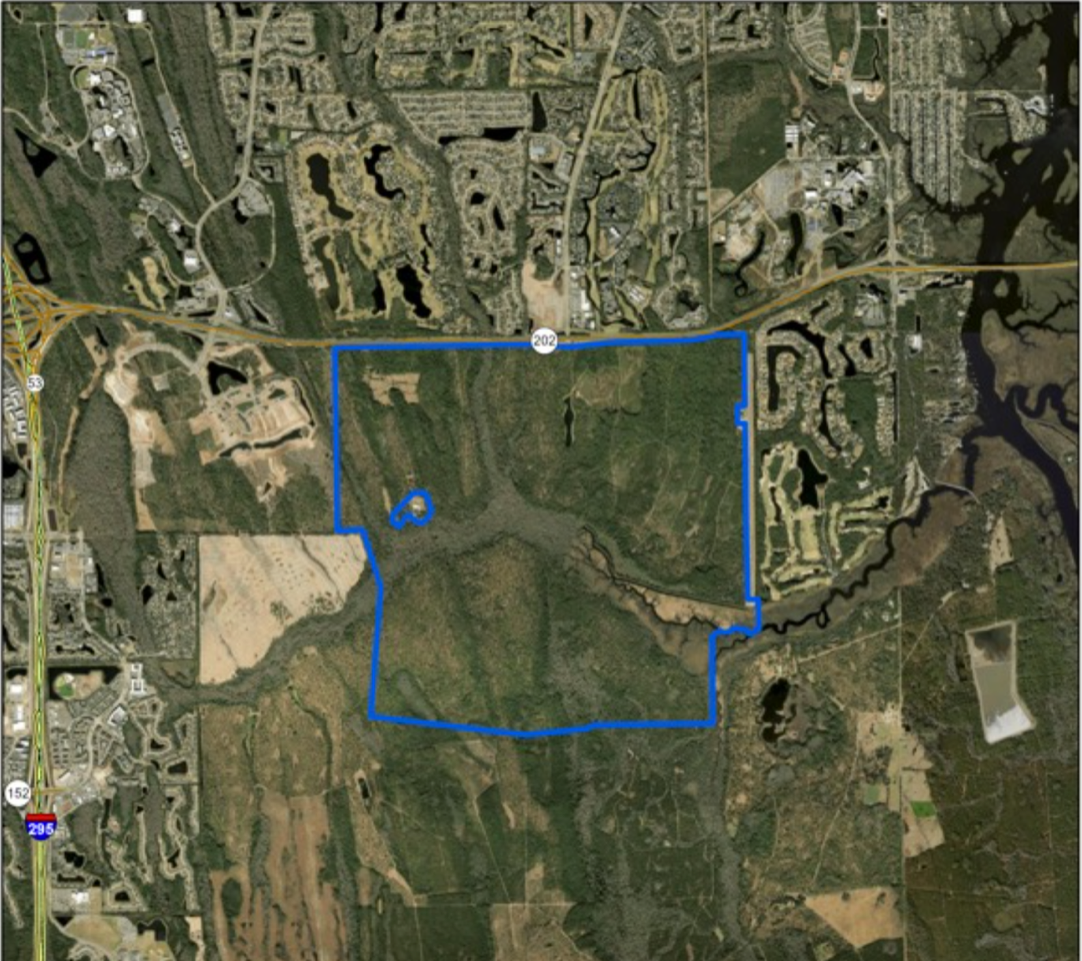June 24, 2025
Jacksonville is gaining more protected land for the public to enjoy — and you’ll have a chance to help shape its future.
The 2,722-acre Pablo Creek Conservation Area, located in the city’s southeast corner, is set to open to the public in late 2026. With plans for hiking, bird watching, biking, and horseback riding through a wide range of habitats, it’s one of the region’s most exciting conservation efforts to date.
The property is immediately south of Butler Blvd., running from east of Kernan Rd. to west of San Pablo Rd; it spans Pablo Creek and receives water from tributaries coming from the UNF campus.
A public hearing for community input is planned and open to the public:
Thursday, June 26th, 6-8 pm, Pablo Creek Regional Library, 13295 Beach Blvd., Meeting Room A.
The conservation area affords protection of the Pablo Creek watershed; contains sandhill ecosystems with longleaf and slash pine over 100 years old; harbors several Red-cockaded Woodpecker (RCW) family clusters; as well as conserves and protects “environmentally unique and irreplaceable lands that contain native, relatively unaltered flora and fauna representing a natural area unique to, or scarce within, a region of this state.”
Tom Larson, long-time member of Scenic Jacksonville board of directors, represented the organization recently while participating in a Land Management Plan Advisory Group meeting organized by the St. Johns River Water Management District to help chart the future of the last COJ Preservation Project site to be activated.
The Advisory Group brought together about 20 people—conservation agency staff as well as several nonprofit conservation group representatives to hear plans, consider issues and advise on the Plan being developed. Tom engaged in a tour of the site, discussion during the meeting and provided detailed written commentary and ideas for consideration for the document being drafted for approvals this year.
The coming preserve is a serene, important and scenic place in the midst of our burgeoning city—an unusually large conservation area that will serve us in the Northeast Florida region for many years to come.



